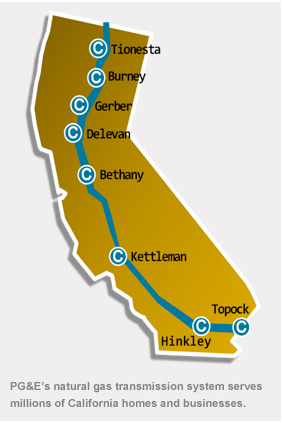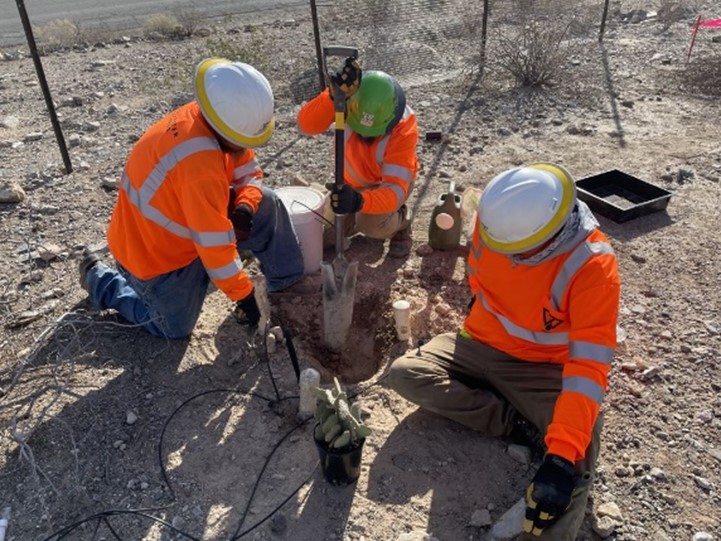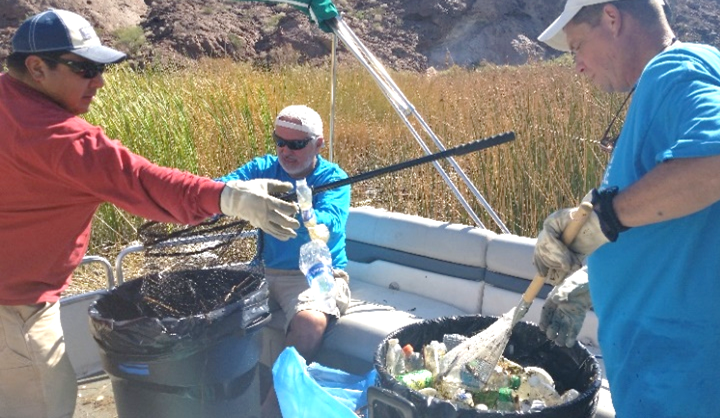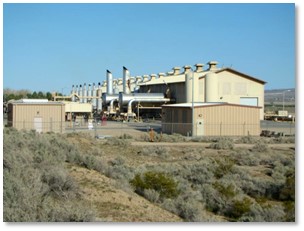Our natural gas distribution system includes more than 40,000 miles of distribution pipelines and more than 6,000 miles of transportation pipelines. The pipelines provide service to around 4.2 million customers from Bakersfield to the Oregon border.
Eight gas compressor stations are crucial to our system. These stations receive, store and move natural gas through company pipelines. Nearly 40 percent of our natural gas supply enters the system at our Topock Compressor Station, which is located 15 miles southeast of Needles, California. The next station is located in Hinkley in San Bernardino County.

Continue reading to learn about our environmental cleanup activities at the Topock and Hinkley facilities.
Learn why remediation is needed
Topock and Hinkley, the first two compressor stations on our distribution line, began operating in the early 1950s. These facilities prepared the gas for transportation through our pipelines to Northern and Central California. At that time, an additive containing hexavalent chromium was used at both stations to prevent rust in the cooling towers.
The cooling water that contained this additive was disposed of next to the compressor stations. This action was consistent with industry practices of the time. Later, the water was treated to remove the chromium before disposal. We have long since discontinued the use of hexavalent chromium at Topock and Hinkley. Under the direction of state and federal regulatory agencies, and with input from stakeholders, we are working to investigate, clean up and restore the environment at the Topock and Hinkley facilities.
Get details on the Topock and Hinkley facilities
To learn about the Topock Compressor Station, visit Topock Compressor Station.
To learn about the Hinkley Compressor Station, visit Hinkley Compressor Station.






